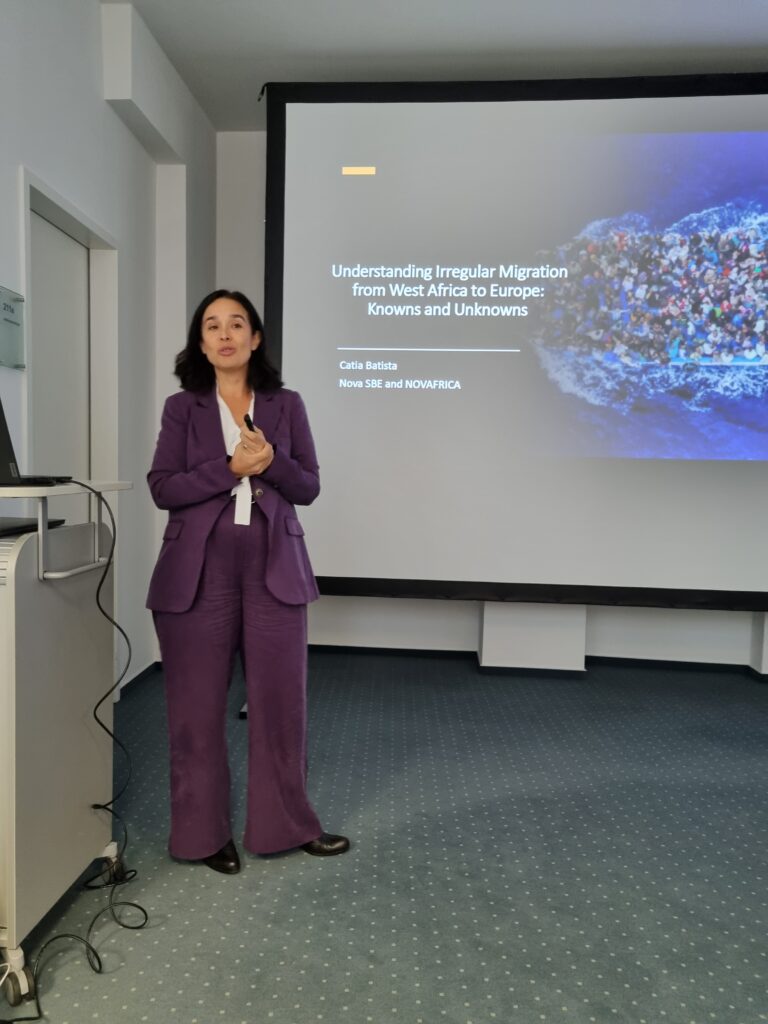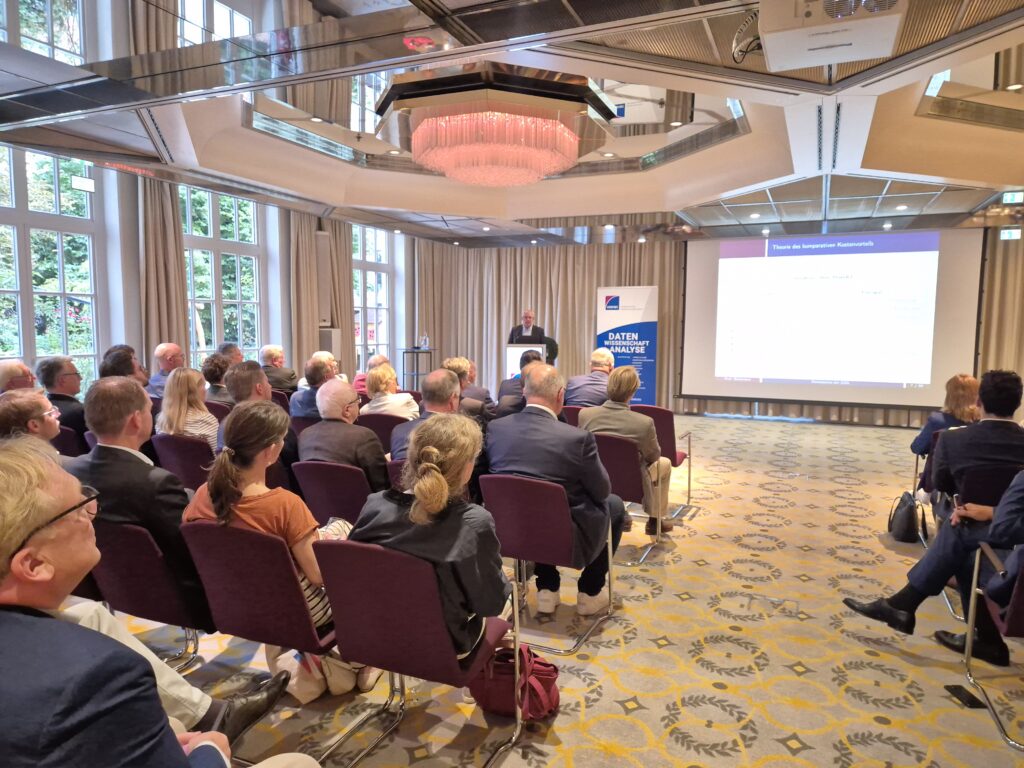The German economy is waiting for the economic turnaround. As in the first half of 2025 overall, real gross domestic product stagnated in the 3rd quarter. A difficult international environment and a so far only tentative implementation of reforms by the new government – overshadowed by recurring disruptions within the coalition – continued to slow...

HWWI Commodity Price Index remains stable amid slight downward movement
The HWWI Commodity Price Index has shown a largely stable development so far in 2025, with slight downward tendencies observed in the third quarter.

Workshop: Economics and Politics of Irregular Migration
On October 9 and 10, 2025, researchers from the fields of economics and political science met at HWWI to discuss the causes and effects of (irregular) migration between Africa and Europe. The keynote speech was given by Professor Catia Batista, Ph.D., one of the leading...

Does Disaster Aid Foster Political Popularity?
Using data from the United States as an example, the authors show that politicians can increase their political popularity—and thus their chances of re-election—by providing disaster relief. This effect is particularly evident among non-party-affiliated voters and lasts for about two years.

HWWI Summer Reception 2025
The HWWI celebrated its annual summer party on September 8. At the Grand Elysée Hamburg, we enjoyed reuniting with our friends and supporters, colleagues, and partners from academia, politics, business, and society over delicious barbecue food and cool drinks. After welcoming remarks by our Managing...

Fiscal policy will give the German economy new impetus
The German economy stagnated overall in the 1st half of 2025; German gross domestic product fell by 0.3% in the second quarter, as it had risen in the first quarter. Special effects (bringing forward production and exports to the first quarter due to expected US...

HWWI Commodity Price Index remains at a stable level
After a significant decline in the first half of 2024, the HWWI Commodity Price Index has stabilised at a lower level since the summer. Since then, the index has fluctuated within a narrow range, with temporary increases, such as at the turn of the year,...

Copper as an early indicator of economic development in Germany?
This paper examines whether copper imports anticipate economic developments in Germany. A comparison with business expectations shows that firms tend to increase copper orders when anticipating rising demand. Copper prices and GDP also correlate positively with a delay of 1–3 quarters, reaching 0.296 after two...

Bremen's Boom or Bust? On the Impact of U.S. Tariff Policy on Bremen’s Economy
The present study examines how tariff measures introduced by the Trump administration are likely to affect Bremen’s economy, particularly the car sector. The findings indicate that the economic impact of the assumed U.S. tariff policy on Germany and Bremen would be negligible in both scenarios....

Doctorate of Erik Haustein
It is with great pleasure and recognition that we also congratulate our colleague Erik Haustein on the successful completion of his doctorate. His outstanding scientific performance, commitment and curiosity have distinguished him throughout his doctoral studies. We are all the more pleased that he will...

Focus topics
Our regular events

On the HWWI
Hamburg World Economic Institute (HWWI) is an independent, privately financed economic research institute. In addition to the headquarters in Hamburg, the HWWI has a branch in Bremen. It is organized as a non-profit GmbH; the only shareholder is the Hamburg Chamber of Commerce. HWWI closely cooperates with Helmut Schmidt University/University of the Armed Forces Hamburg (HSU).





